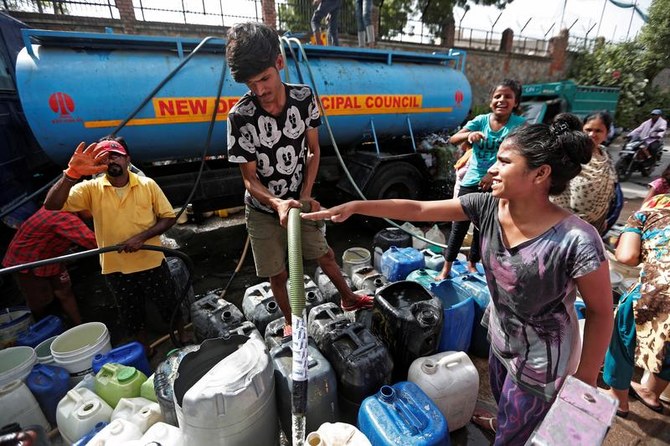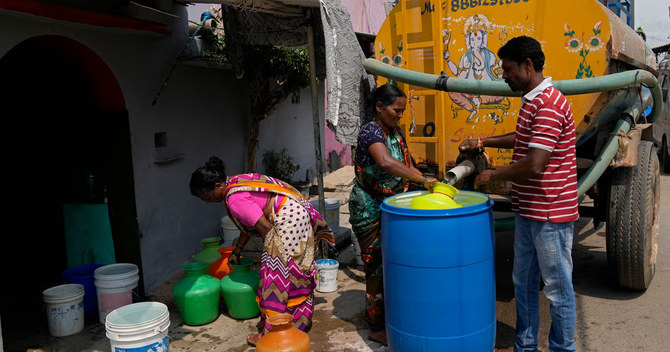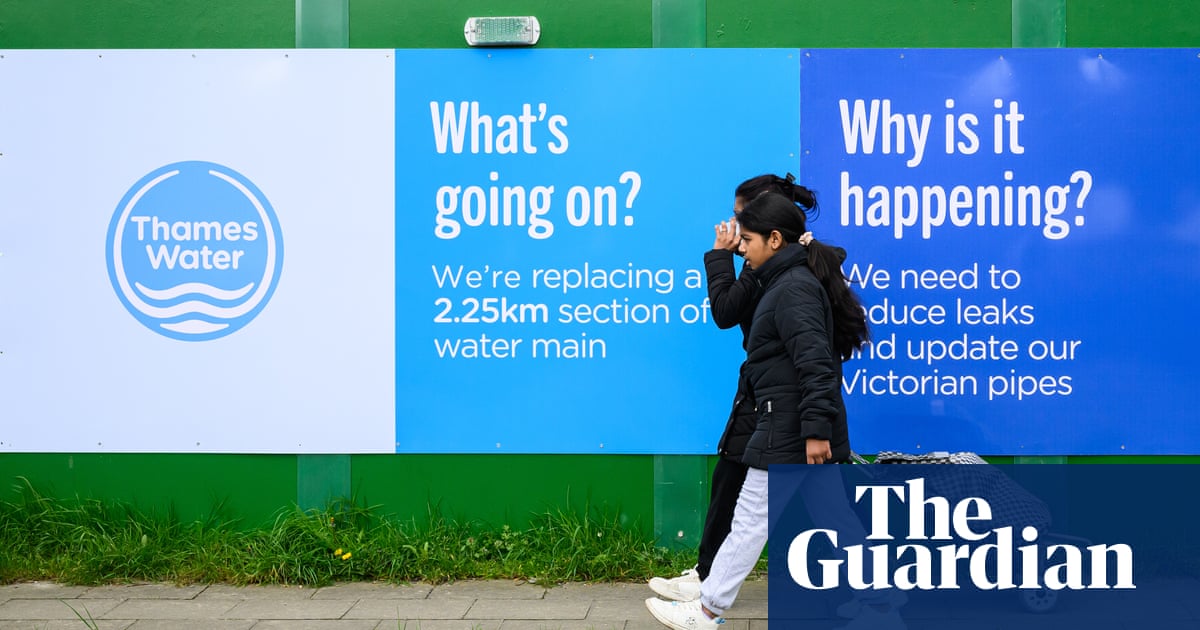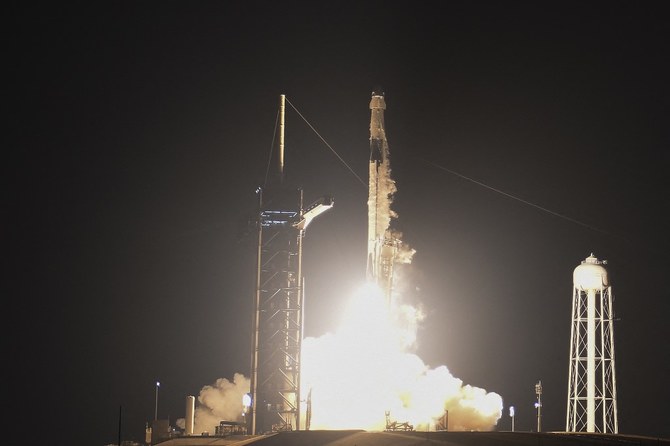
As the world marked yet another International Day of Water on March 22, a report by the UN warned that even today, more than 2 billion people lack access to safe drinking water, and castigated the two main culprits responsible for this.
Firstly, it accused governments of not investing in projects to ensure that clean water reaches every household. Secondly, it blamed the activities of the bottled water industry, which has experienced multifold growth primarily as a result of the failure of governments to meet demand.
The report presents some astounding facts about this industry, which it describes as an impediment to the world achieving the UN Sustainable Development Goal of providing clean drinking water to everyone on the planet by 2030.
The UN said that the industry, which almost doubled in size between 2013 and 2020, is set to double again, and be worth $500 billion, in the next seven years. While some of the major consumers of bottled water make a conscious choice to drink it, a large majority do so because they have no other option and are obliged to buy water to survive. Thus the growth in the industry is a direct reflection of the failure of the governments to provide safe water for their citizens.
The math is clear: It would take about $114 billion a year between now and 2030 to ensure safe water is available to everyone. The investment required is the equivalent of about 42 percent of the money spent on bottled water, globally.
It does not take a genius to see that consumers of bottled water pay a much higher price for each liter they consume than what it would cost to use tap water. This adversely affects a vast majority of consumers who are already poor and struggling to eke out a living.
Therefore governments are effectively forcing the poor and disenfranchised to spend more on one of the most essential resources for survival, all because those governments have failed to make the necessary investments.
But it is not only consumers that are harmed by the success of the bottled water industry; nature is the other major victim of the unregulated growth. There are several issues to consider. The first is the perception that bottled water is safer, cleaner and healthier than tap water. The UN report accused the beverage industry of promoting this perception, even though it is not true in many, if not most, cases.
The quality of bottled water depends on many factors, such as the source and the treatment processes used, such as chlorination, ultraviolet disinfection, ozonation or reverse osmosis. It also depends on storage conditions, which are affected by duration, light exposure, ambient temperature and whether the water is packaged in glass or plastic bottles.
Bottled water can contain inorganic pollutants, such as heavy metals, and organic pollutants, such as pesticides, as well as traces of microplastics, which have spread all over the world in part as a result of the widespread use of plastic for bottling water and the subsequent dumping of empty bottles.
There is little doubt that investing in piping safe water to all homes would be a much more sustainable, economical and practical solution.
Ranvir S. Nayar
The report states that the bottled water industry consumes 35 percent of all polyethylene terephthalate, or PET, produced in the world, and that 85 percent of the empty bottles, an estimated 600 billion a year, end up in garbage, leading to the spread of microplastics in the soil, water and air.
The report criticizes the bottled water industry by pointing out that the mineral composition of the water can vary significantly not only between brands, but within the same brand in different countries, and even between different bottles of the same batch. This effectively puts paid to the claims of bottled water being inherently safer or healthier.
Another irony is that this misplaced public perception of the quality of bottled water has come about despite the fact that the bottled water industry faces far fewer checks and tests than municipal water supplies are subject to.
It is a farcical situation that while municipal water supplies, which are managed by governments in most places, are subject to thorough testing, as they should be, the bottled water industry gets away with practically no tests at all, and certainly none that are adequate given the diverse nature and size of the industry.
Indeed, if the industry was subject to the same rigorous standards as municipal water supplies, it is certain that it would be a much smaller and considerably more expensive and exclusive industry.
The greatest need now is for such a requirement to be introduced, even if it disrupts the industry — or even kills it.
The other big issue, about which there is little information in the public domain, is the severe impact of the industry on natural water resources. This has become an increasingly relevant and strategic issue given the effects of global warming and extreme changes to our climate, which are resulting in prolonged droughts during which large rivers and lakes are drying up in many parts of the world, most notably the US and Europe.
Yet while citizens in many countries face the growing possibility, or actuality, of having to ration the water they consume, the bottled water industry has been siphoning water from natural basins without any limits.
In the US, for example, Nestle Waters extracts 3 million liters a day from Florida Springs. In France, Danone extracts up to 10 million liters a day from Evian-les-Bains in the French Alps. In China, the Hangzhou Wahaha Group extracts up to 12 million liters each day from Changbai Mountains springs.
There is little data on the total global volume of water being removed and under what conditions, economic or environmental.
It is crucial that national governments, or at least multilateral agencies such as UN Water, collect and analyze data on how much water is being removed by the bottled water industry, from which sources they are taking it, and what the environmental effects of this are, locally, regionally and globally.
In the past, when droughts were less frequent, it might not have mattered so much. But now, as the world faces the certainty of a dearth of water, it is crucial that this industry be subjected to much more scrutiny of the all-round effects it is having on society, both economic and environmental.
There is little doubt that investing in piping safe water to all homes would be a much more sustainable, economical and practical solution. It is time for governments to wake up to this fact and begin investing in it.
There is still enough time to ensure piped water reaches everyone by the deadline set for achieving the UN’s Sustainable Development Goals, provided we begin to act on it now. Will we?
Ranvir S. Nayar is managing editor of Media India Group.












